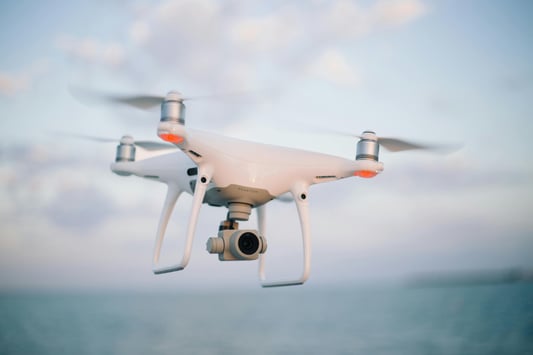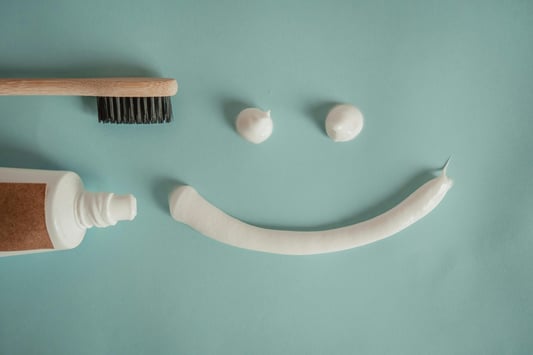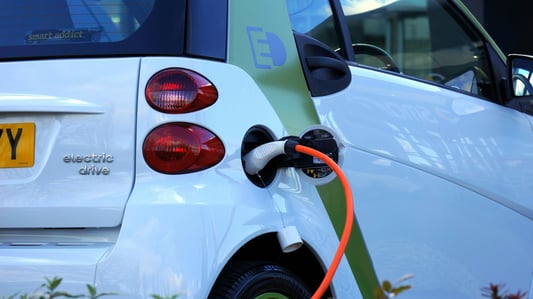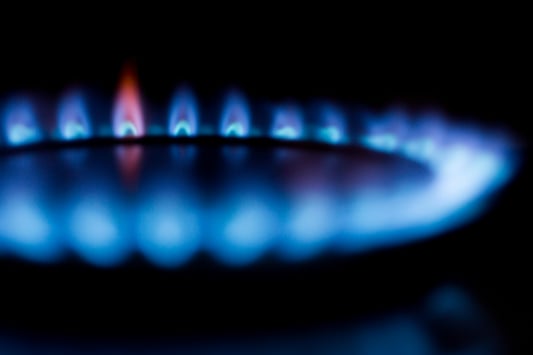Achieving optimal quality control in the fashion industry is crucial for producing garments that meet customer expectations and industry standards. From fabric selection to final production, every step in the manufacturing process plays a vital role in ensuring the quality of the end product.Effective Fabric InspectionQuality control in the fashion industry begins with effective fabric inspection. By carefully examining the fabric for flaws, defects, and inconsistencies, manufacturers can identify potential issues early on and prevent them from affecting the final product.Precision in Garment ConstructionGarment construction requires precision and attention to detail. Quality control measures such as thorough seam inspections, accurate stitching, and proper alignment of patterns are essential to producing high-quality garments that fit well and look appealing.Consistent Sizing StandardsEstablishing and maintaining consistent sizing standards is essential for ensuring that garments fit customers properly. Quality control measures can help identify sizing discrepancies and inconsistencies, allowing manufacturers to make necessary adjustments to improve overall customer satisfaction.Color Accuracy and MatchingColor accuracy and matching are critical aspects of quality control in the fashion industry. By using advanced color-matching technologies and conducting thorough color inspections, manufacturers can ensure that garments are produced in the correct hues and shades as per the design requirements.Attention to Detail in Trims and AccessoriesQuality control extends to trims and accessories, such as buttons, zippers, and embellishments. Ensuring that these components are correctly attached, secure, and free from defects is essential for producing durable and aesthetically pleasing garments.Thorough Quality InspectionsThorough quality inspections at various stages of production are key to identifying and addressing any issues that may arise. From initial sample evaluations to final product checks, consistent and comprehensive inspections help maintain high standards of quality in the fashion industry.Compliance with Regulatory StandardsMeeting regulatory standards and requirements is a fundamental aspect of quality control in the fashion industry. Ensuring that garments are produced in compliance with industry regulations and safety guidelines is essential for protecting consumer health and maintaining trust in the brand.Utilization of Technology for Quality AssuranceAdvancements in technology have revolutionized quality control practices in the fashion industry. From automated inspection systems to digital quality management tools, manufacturers can leverage technology to improve accuracy, efficiency, and consistency in their quality control processes.Continuous Improvement and Feedback MechanismsEmbracing a culture of continuous improvement and feedback mechanisms is vital for enhancing quality control in the fashion industry. By soliciting input from customers, employees, and industry experts, manufacturers can identify areas for improvement and implement strategies to enhance overall product quality.Brand Reputation and Customer LoyaltyQuality control directly impacts a brand's reputation and customer loyalty. By consistently delivering high-quality garments that meet or exceed customer expectations, fashion brands can build a strong reputation for excellence and foster long-term customer loyalty and trust.Quote InquiryContact us!










